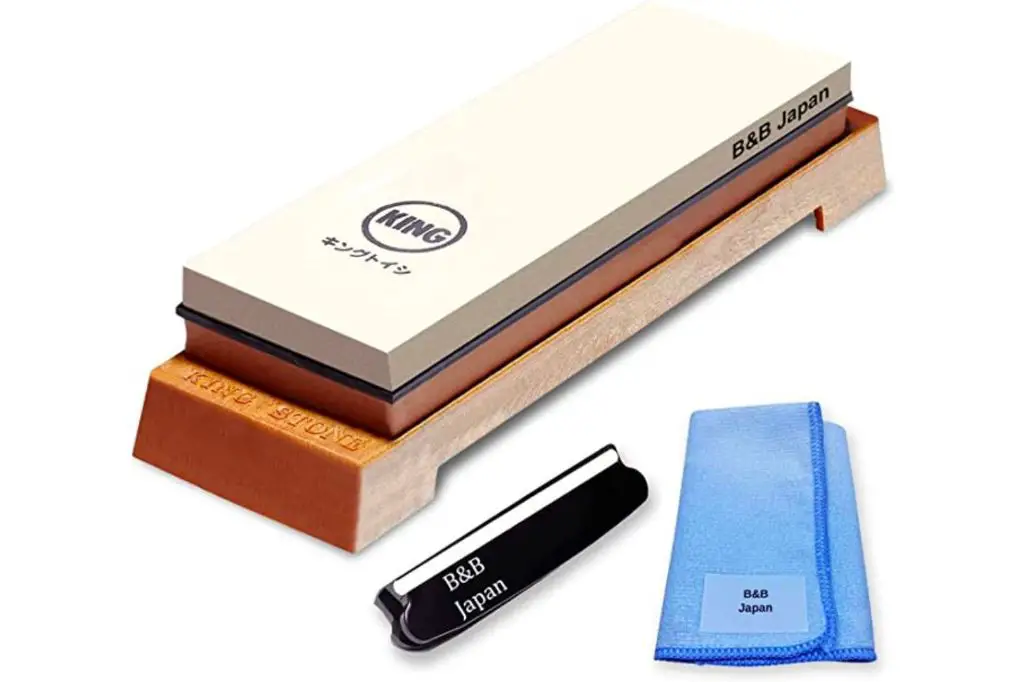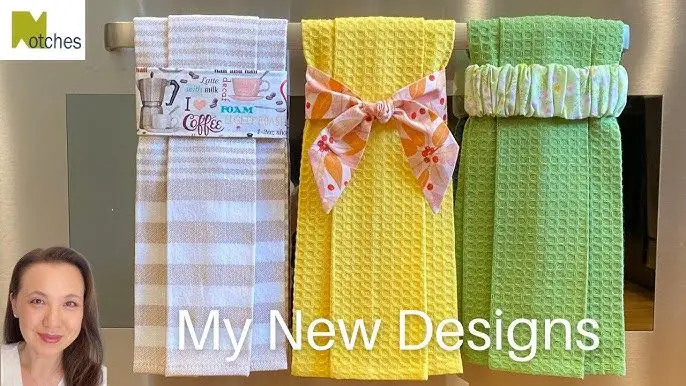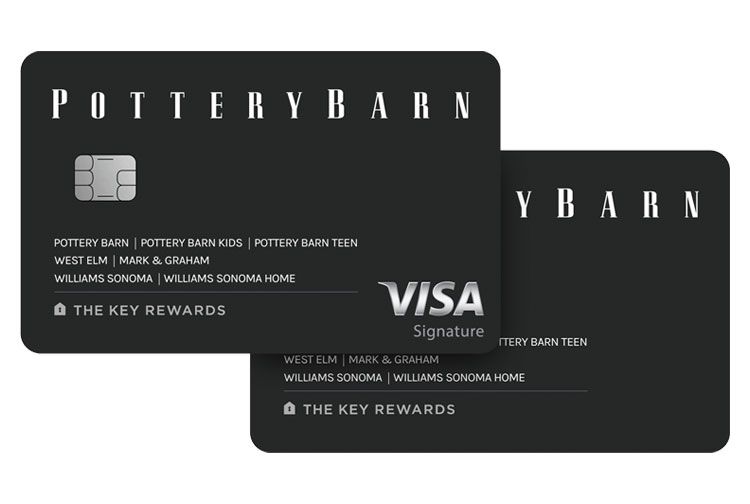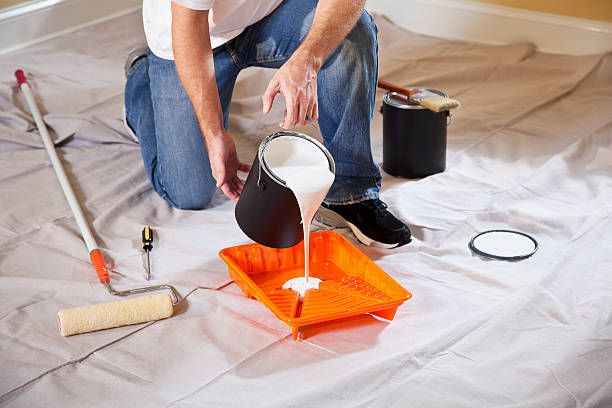What Is The Thing Used To Sharpen Knives?
Knife sharpening is the process of refining a knife’s edge to improve performance. A sharp knife is safer to use and cuts more efficiently and precisely than a dull blade. Keeping knives properly sharpened is an essential kitchen skill with many benefits.
Using a dull knife requires applying more force which can cause the blade to slip and result in injury. Sharper knives allow cooks to work faster and with more control, improving efficiency in meal preparation. Proper sharpening also extends the lifespan of knives by reducing wear from hacking at foods.
Many methods exist for sharpening knives, from basic sharpening steels to whetstones, electric grinders and more. Finding an effective sharpening system and maintaining edges regularly helps ensure knives are always ready for safe, precise cutting.
Types of Knife Sharpeners
There are several main types of knife sharpeners that each use different techniques and materials to sharpen blades. The main types include:
Whetstones
Whetstones, also called sharpening stones, are blocks made of materials like novaculite, aluminum oxide, or silicon carbide 1. To use a whetstone, the blade is rubbed against the stone at an angle to sharpen the edge. Whetstones are often used with some sort of lubricating fluid like water or oil. They allow for a high degree of control and can produce an extremely sharp edge, but do require some practice to use effectively.

Electric Sharpeners
Electric sharpeners use spinning abrasive wheels or belts to grind metal off the blade and reshape the edge. They are very easy and convenient to use, requiring just a few passes through the slots. However, they are less precise than whetstones and can potentially overheat and damage blades if not used carefully. They work best for quick, routine sharpening of kitchen knives.2
Manual Pull-Through Sharpeners
Manual pull-through sharpeners, also called draw-through sharpeners, use fixed abrasive surfaces (often carbide or ceramic). The blade is simply pulled through the slots in the sharpener to reshape the edge. They provide an easy and fast way to sharpen knives, though generally do not produce as fine or precise an edge as whetstones. Variants like a crock stick operate on a similar principle.
Ceramic Rods
Ceramic honing rods have an abrasive ceramic surface that can be used to hone and straighten the cutting edge of blades when they begin to dull. They realign and polish the edge rather than grinding off metal. Honing is gentler than sharpening and can be done more frequently to maintain sharpness between full sharpening sessions.
Whetstones
Whetstones, also known as sharpening stones, are blocks made of natural or synthetic abrasive materials used to sharpen cutting tools like knives, razors, and tools. They are one of the most traditional and popular types of knife sharpeners.
Whetstones consist of coarse abrasive particles bonded into solid blocks. As you move the blade across the stone’s surface, the abrasives knock off small bits of metal, grinding away dull edges and refining the shape of the cutting edge. This abrading action is how whetstones sharpen knives and tools.
Whetstones come in varying grit sizes, with coarser stones (around 200-400 grit) for repairing damaged edges and setting initial bevels. Finer stones (800-8000 grit) refine the edge for a sharp, polished finish. Stones with higher grit provide a finer scratch pattern and sharper edge. Most sharpeners use a combination of grits to achieve a keen edge.
Using whetstones takes practice to master consistent angles and develop good technique. However, whetstones allow for precise control and customization during the sharpening process. With the right skills, whetstones can produce extremely sharp, polished edges unmatched by mechanical sharpeners. However, the process is more involved and requires learning proper techniques.
Overall, whetstones offer flexibility for sharpening many tools to a fine, razor-sharp edge. But they require more skill and effort to use effectively compared to simpler mechanical sharpening devices.
Electric Knife Sharpeners
Electric knife sharpeners are devices that use abrasive surfaces or grinding wheels to sharpen dull blades. They are powered by electricity and provide an automated, fast, and easy way to sharpen knives. Some key points about electric sharpeners:
They come in different types like belt grinders, bench grinders, and handheld models. Handheld ones tend to be the most popular for home use. The Chef’sChoice brand is a well-known and reputable maker of electric sharpeners.
Pros of electric sharpeners are speed, convenience, ease of use, and ability to sharpen blades to precise angles. Many models sharpen to optimal angles for kitchen knives. This helps save time and effort compared to manual sharpening.
Cons are the possibility of overheating blades if not careful, removing more metal than necessary, and lack of control vs manual sharpening. Some models can only handle certain blade angles or have issues with serrated blades. There are also ongoing costs for replacement parts.
High-end electric sharpeners use diamond abrasives that sharpen efficiently while minimizing metal removal. Multiple stage models start with coarse grinding then progress to finer polishing. This helps sharpen and hone the edge properly.
To use an electric sharpener, carefully insert the blade at the proper angle based on the model’s guide slots. Pull the blade through at a steady speed so it makes consistent contact with the abrasives. Repeat as needed till sharp. Some sharpeners have multiple slots for coarse and fine sharpening.
Manual Pull-Through Sharpeners
Manual pull-through sharpeners are a common and easy to use type of knife sharpener. As the name suggests, they involve manually pulling the knife blade through the sharpener to sharpen it. These sharpeners have slots that contain abrasive material like ceramic or diamond-coated wheels. As you pull the knife through, the abrasives shave off a small amount of metal to create a new sharp edge [1].
Some pros of manual pull-through sharpeners are that they are very easy and straightforward to use. Even beginners can get good results. They are also inexpensive and portable so you can sharpen your knives anywhere. Some cons are that they are not as precise as other methods, can remove too much metal over time, and may not work as well for very dull blades. They also require replacing the abrasive wheels periodically as they wear down [2].
There are a few main types of manual pull-through sharpeners. Basic models have a single set of coarse abrasives for general sharpening. More advanced 2 or 3-stage models have additional fine and polishing abrasives to refine the edge. There are also options with spring-loaded guides and angle controls for more precision. V-shaped crossed carbide models are designed to sharpen both sides of the blade at once [2].
To use a manual pull-through sharpener, hold the handle firmly and pull the knife blade through the slots at a steady speed, keeping the knife perpendicular. Apply light pressure as you pull from heel to tip. Repeat about 5-10 times per side, checking sharpness in between. Avoid excessive force or speed to prevent damage or overheating the edge [1].
Ceramic Rods
Ceramic honing rods are used to realign and polish the edges of knives. They are made from ceramic material which is harder than the steel used in most knife blades. Ceramic rods have these key features and benefits:
Ceramic is very hard which allows it to realign and polish knife edges effectively. The fine grit of ceramic rods (often 1000+ grit) can smooth out tiny bends or imperfections in the edge.1 The hard ceramic gently abrades away a thin layer of steel to reveal a fresh sharp edge underneath.
Ceramic rods don’t wear down knives as much as traditional steel honing rods. The hard but brittle ceramic does not deform the edge as much as softer steel. This helps preserve the edge and extends the time between full sharpenings.2
Ceramic rods can be used for all types of kitchen knives, including high-end Japanese knives. The fine grit and hard surface are ideal for honing the acute edges on Japanese knives. Ceramic is non-abrasive to the brittle edges.
On the downside, ceramic rods are more prone to cracking or chipping if dropped. They also require a light touch – too much pressure can damage the rod or chip knife edges.
Sharpening Techniques
Sharpening a knife is a skill that requires patience and practice to master. The basic technique involves holding the knife blade at the proper angle against a sharpening tool and using consistent strokes along the blade. There are a few key things to keep in mind when sharpening a knife:
Angle – Most Western-style knives have an edge angle around 20 degrees per side, making a total angle of 40 degrees. Asian-style knives often have a sharper 15 degree angle per side. Finding the right angle takes practice. You can start with 20 degrees and adjust based on the results.
Strokes – Long, smooth strokes along the entire length of the blade are recommended. Avoid short, jerky strokes. Stroking away from the edge rather than into it helps align the metal properly for a clean, sharp edge. Apply light pressure along the strokes.
Sharpening vs. Honing – Sharpening actually removes tiny amounts of metal to reshape the edge. Honing realigns the edge between sharpenings. Honing can be done more often to keep the edge aligned without removing metal.
Patience is key. With the proper angle, strokes, and pressure, a dull knife can be transformed into a razor-sharp blade with some time and practice using whetstones, sharpening systems, or other methods. Consistency leads to mastery.
Maintenance
Proper maintenance is crucial for keeping sharpening tools in optimal condition. Always clean sharpening stones after each use. Rinse whetstones under running water while rubbing the surfaces with your fingers to remove metal residue and built-up slurry (1). For electric and manual sharpeners, carefully wipe the slots clean with a damp cloth.
Store whetstones dry, as moisture can cause the abrasive particles to dislodge (2). Ceramic honing rods should also be dried thoroughly. For longer term storage, rub sharpening stones with mineral oil to prevent them from drying out, and keep in a sealed container. Electric and manual sharpeners should be kept dry as well.
Regularly inspect all sharpening tools for damage or wear. Whetstones may need periodic flattening to keep their shape. Replace any worn components in electric or manual sharpeners as needed. Proper maintenance will extend the lifespan of your sharpening tools.
Common Mistakes
Sharpening a knife can seem intimidating, especially for beginners. However, with practice and by avoiding common errors, it is possible to put a razor-sharp edge on a blade. Here are some of the most frequent mistakes people make when sharpening a knife:
Failing to keep a consistent sharpening angle – It is crucial to maintain the same angle as you sharpen the knife. If the angle is inconsistent, you end up with an uneven edge. Aim for about 15-20 degrees per side.
Not lifting the knife between strokes – Make sure to lift the knife and reposition it after every sharpening stroke. This helps remove the metal debris and prevents you from just grinding in one place.
Starting with an extremely dull blade – It’s best to begin practicing sharpening on a knife that isn’t completely dull. Sharpening an extremely dull knife requires removing a lot more metal and can be frustrating for a beginner. Start with a moderately dull knife.
Not cleaning/lubricating the stones – Proper stone maintenance is key. Clean your whetstones regularly with water to remove swarf (metal particles). You can also lubricate them with honing oil or water.
Applying too much pressure – Don’t press down hard as you sharpen. Let the stones do the work. Too much pressure can damage the edge.
Conclusion
In summary, properly sharpening your knives is an essential kitchen skill that helps maintain the performance and longevity of your knives. Sharp knives are safer and easier to control than dull knives. There are various methods for sharpening knives, including whetstones, pull-through sharpeners, ceramic rods, and electric sharpeners. Each method has its pros and cons in terms of cost, ease of use, and effectiveness. With practice and the right techniques, it is possible for home cooks to learn to effectively sharpen their own knives. For those interested in learning more, numerous online tutorials and books provide in-depth guides on sharpening. Local cooking schools may also offer hands-on knife sharpening classes. Keeping your knives sharp will make all your food preparation easier and more enjoyable.






